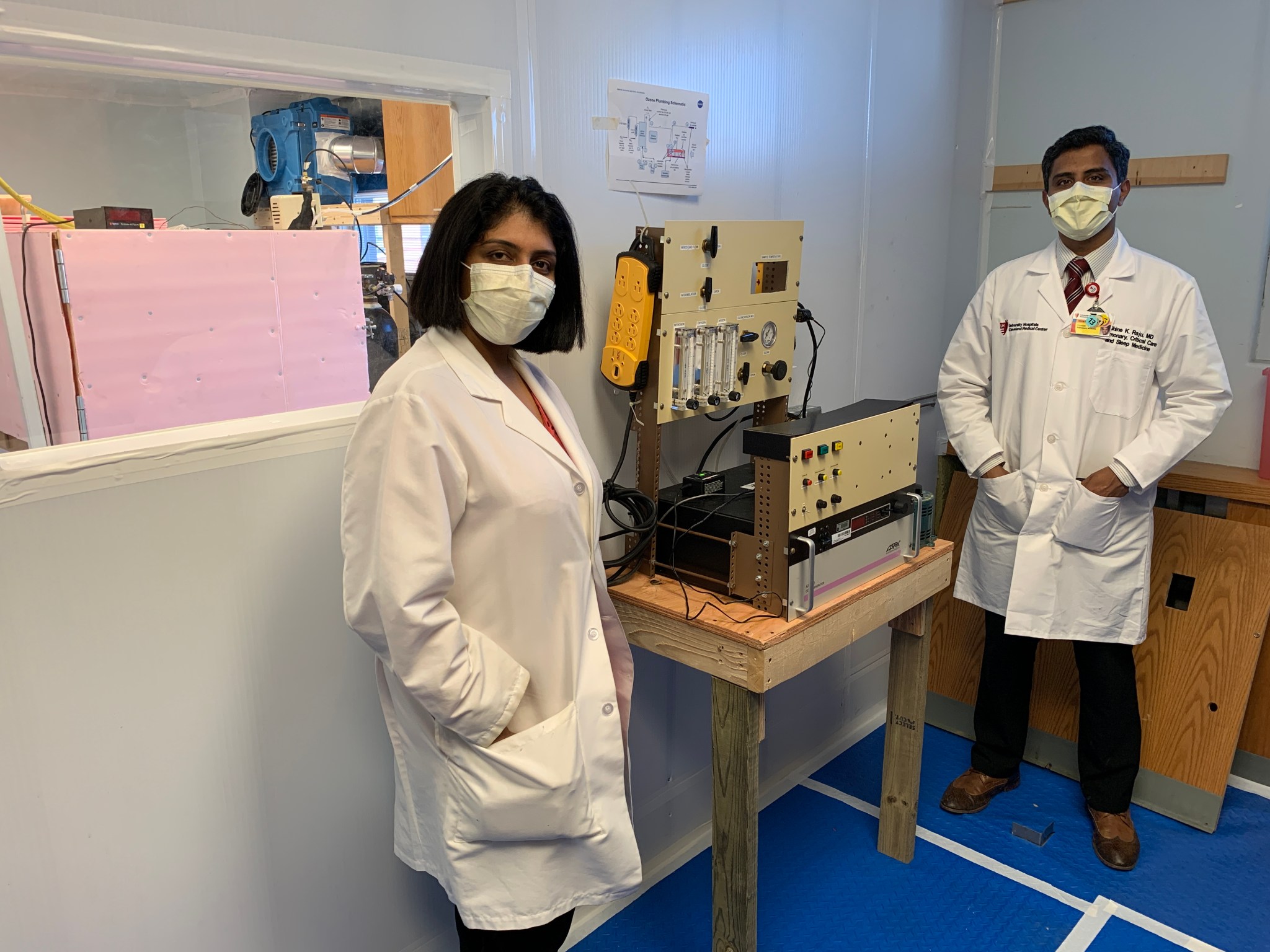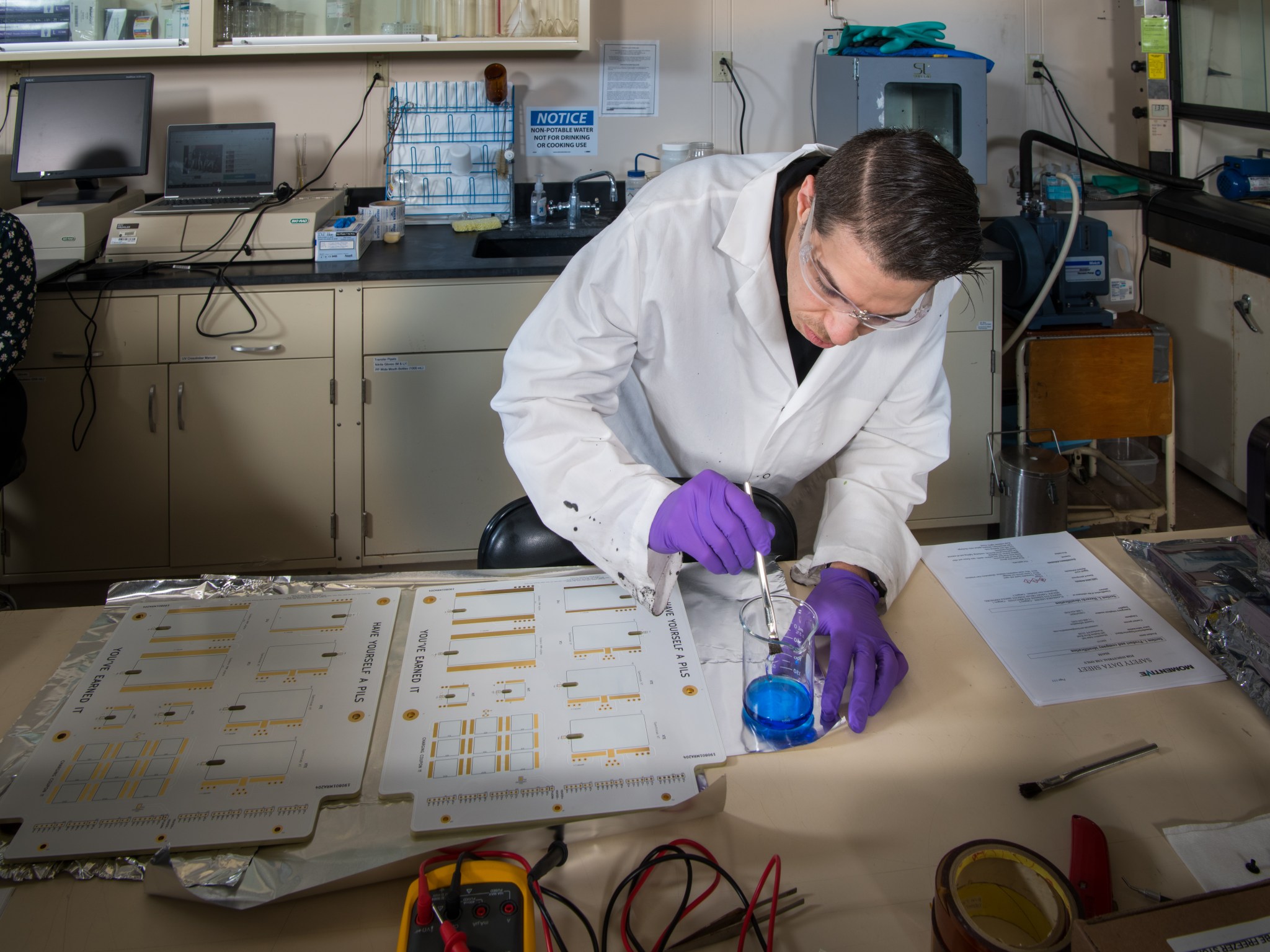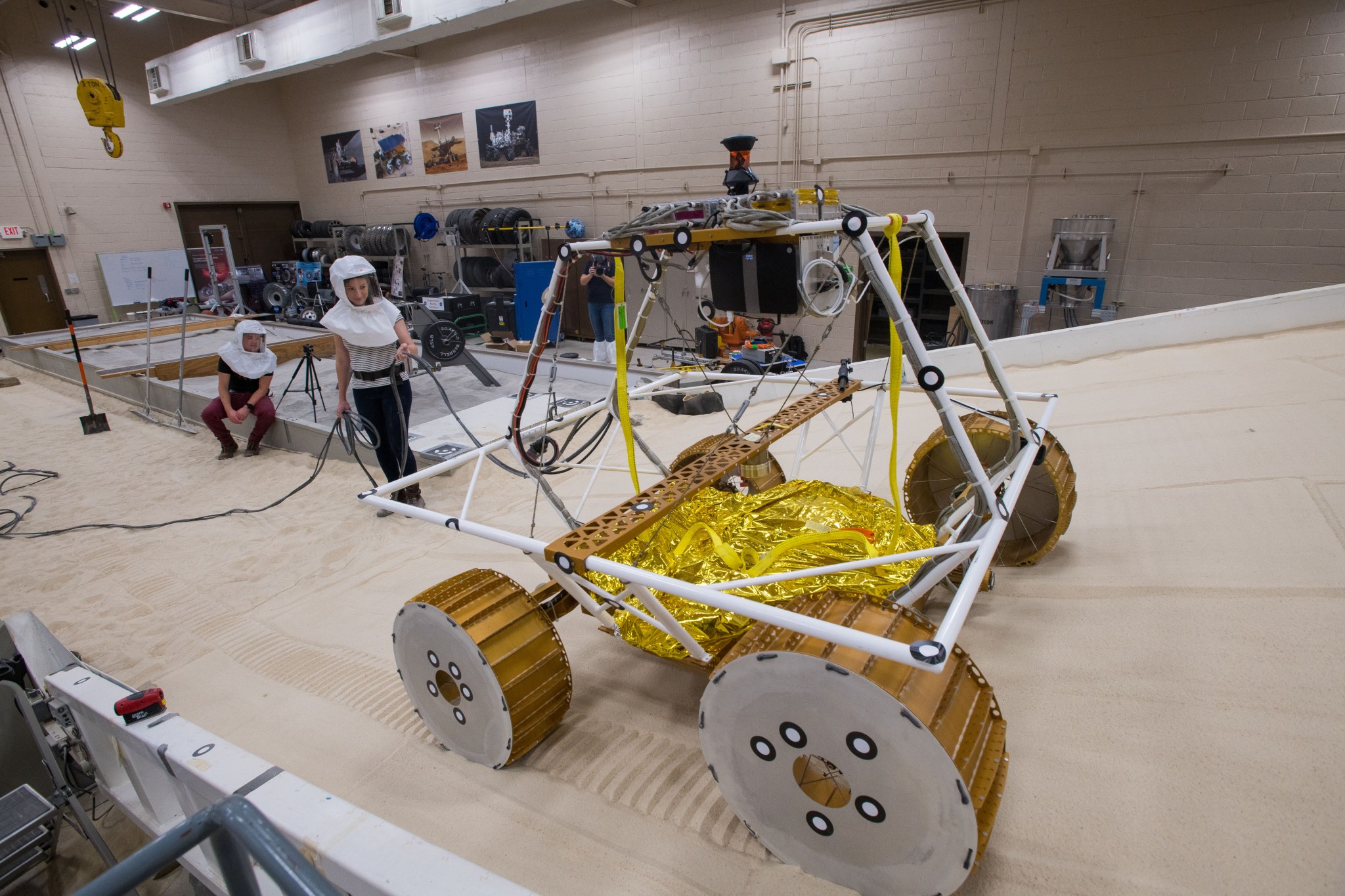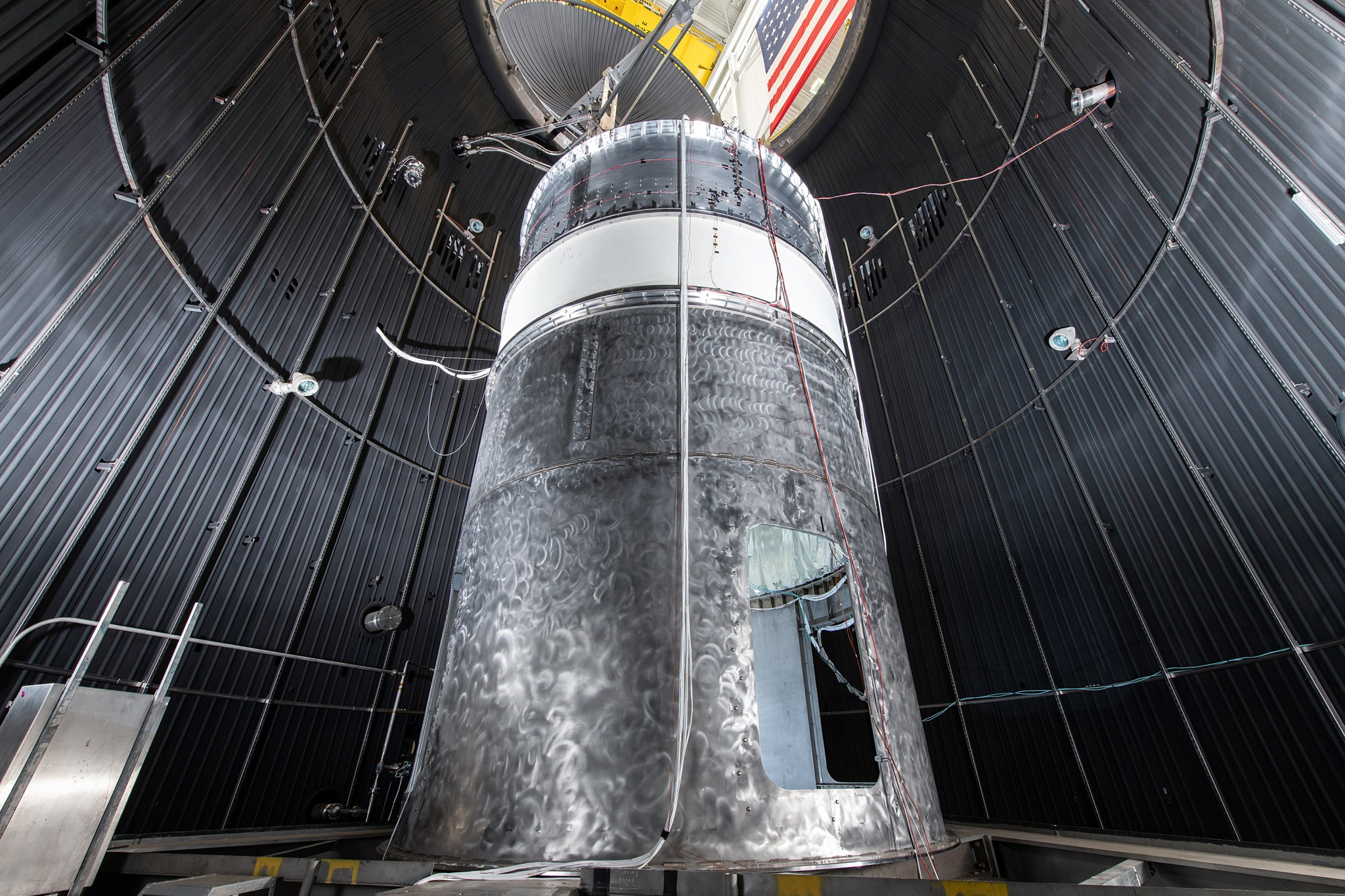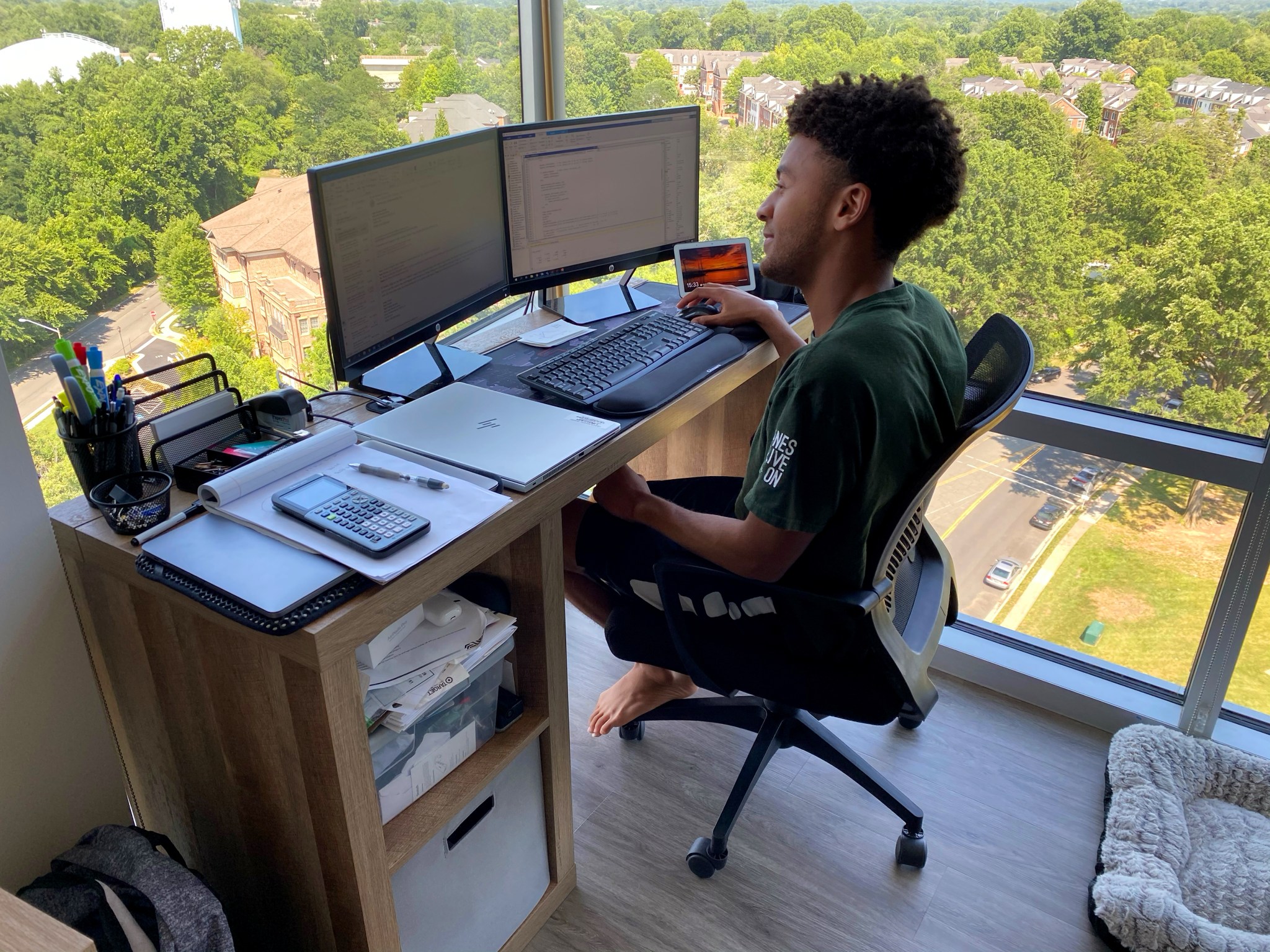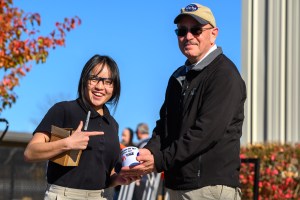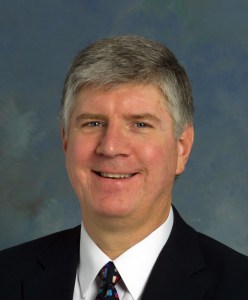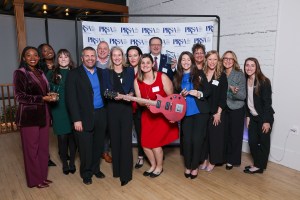Despite a year dominated by a pandemic, our work at NASA Glenn continued both in helping our health care community respond to the challenges of COVID-19 and in advancing science and technology.
Our collaboration with University Hospitals of Cleveland developed new methods and technologies for decontaminating personal protective equipment (PPE) for aerospace applications and for safeguarding the health of workers caring for patients with coronavirus.
Meanwhile, NASA got to work across the country providing expertise for the pandemic response, while our engineers worked with a local company to update a sterilizing device.
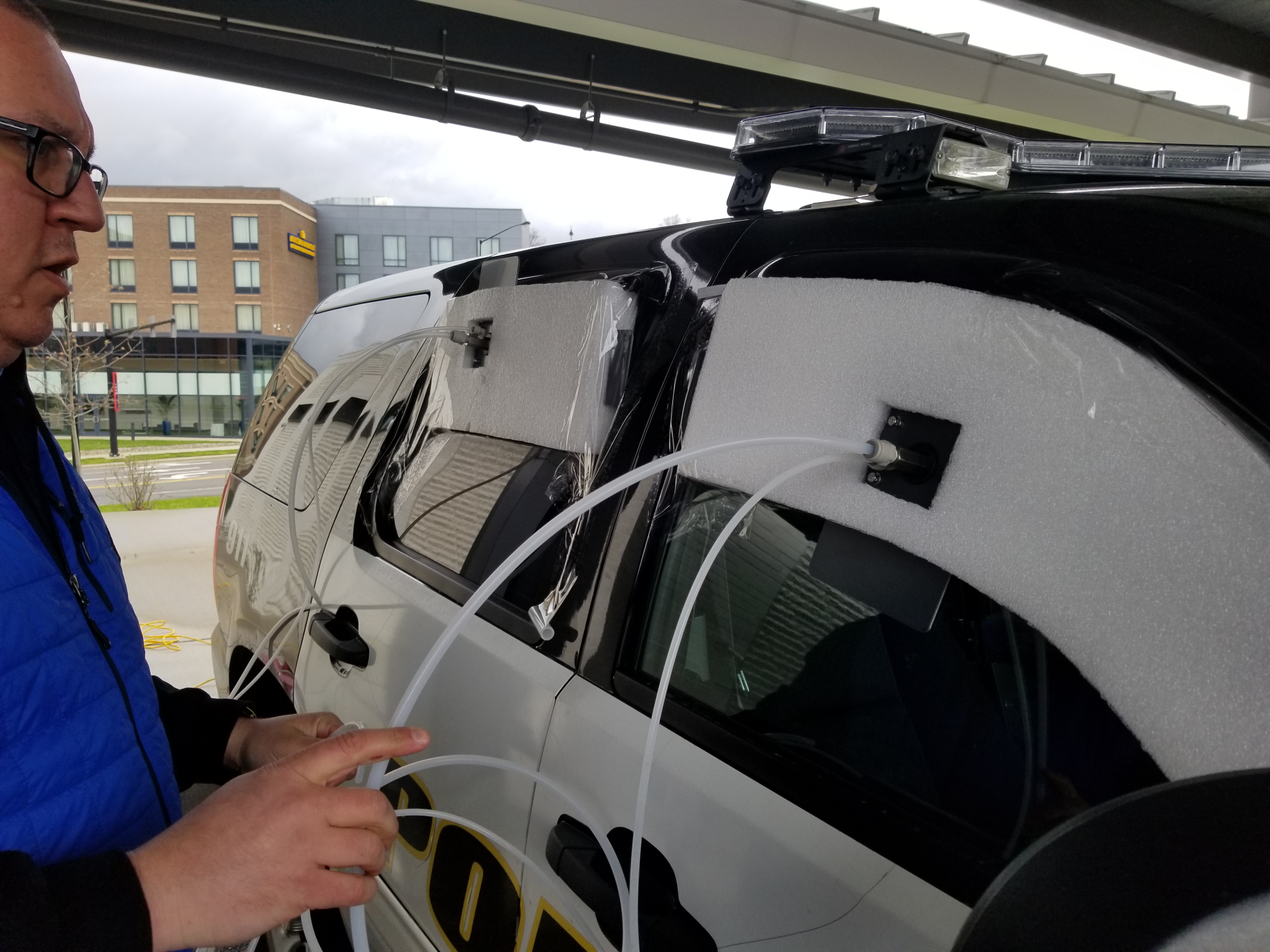
Working on space technology didn’t stop either as we continued to prepare a 2021 lunar lander experiment to test new solar power cells.
Experts in our SLOPE lab refined shape memory alloy tires for future rovers and made preparations to continue testing a model of the VIPER rover that will map water ice on the Moon.
Out in space, after undocking from the International Space Station, the fourth Spacecraft Fire Experiment (Saffire) was successfully completed, helping us understand the behavior of fire in different space environments.
Earlier this year, NASA’s eCryo project team evaluated a series of technologies aimed at reducing propellant losses in space for human exploration missions. To test some of these new technologies, the team built a large cryogenic propellant tank called SHIIVER (Structural Heat Intercept, Insulation and Vibration Evaluation Rig) to insulate and protect the fuel when in space.
The dedicated team at our Space Environments Complex completed a far-reaching series of tests on the Orion spacecraft. The vehicle will travel to the Moon and back during the first Artemis mission scheduled for late 2021.
And finally, we are incredibly proud of this year’s class of interns, who were the first to serve entirely online. Their ability to adapt to an internship very different than what they expected was very impressive.
As we approach 2021, we remain committed to move our research forward for the benefit of humanity.
Nancy Smith Kilkenny
NASA Glenn Research Center



























